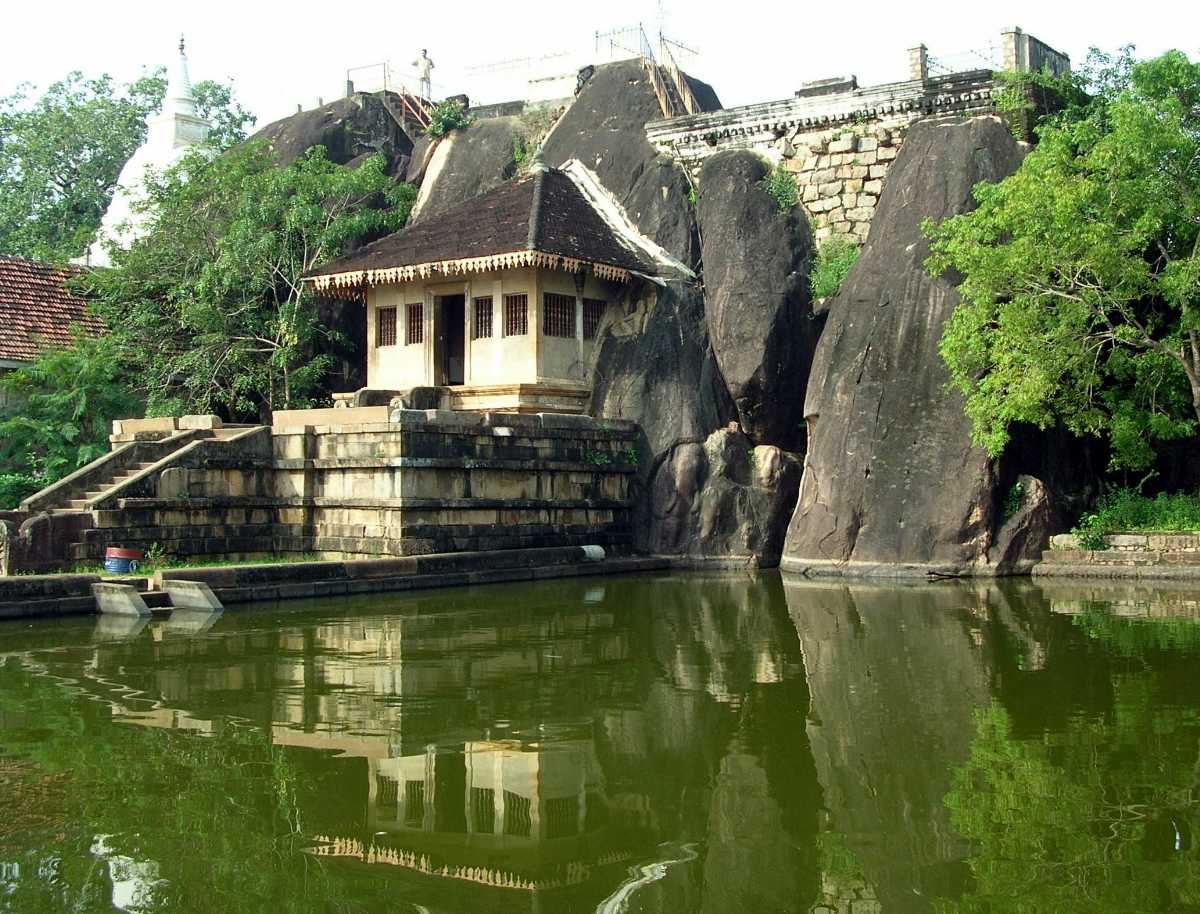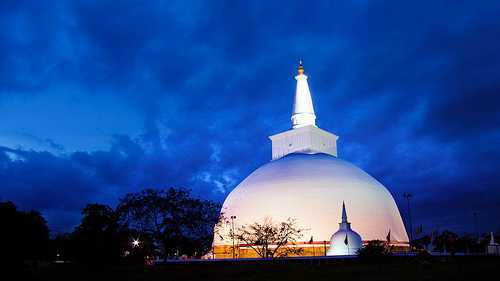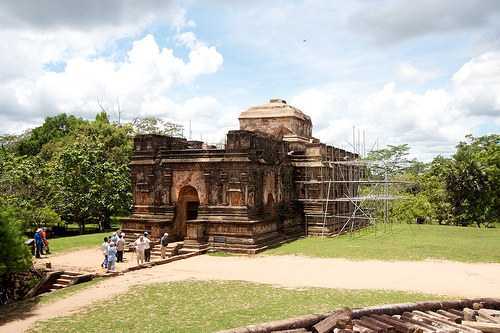Welcome to
Anuradhapura
Anuradhapura is a historical paradise as it houses several heritage monasteries, palaces and monuments. It is known for its vast dagobas or brick stupas, ancient ponds and pools and magnificent temples. The city was established as the first capital of Sri Lanka in 377 BC. It was also at this time that Anuradhapura rose to prominence as a seat of political and economic importance. Anuradhapura was built around a cut piece from the Bodhi Tree, or the 'tree of enlightenment', which is considered sacred by Buddhists. This city was on the peak of political and religious activities for around 900 years. It was invaded in 998 AD, after which it lost its importance. After being overlooked for several years, this World Heritage Site is now accessible again. Currently, Anuradhapura is an important religious site and a popular tourist attraction. Apart from the Dagobas, the most popular tourist attractions in Anuradhapura are its ruins, or Anuradhapura World Heritage Site, the scared Maha Bodhi tree, Lovamahapaya or Brazen Palace, Archeological museum, Isurumuniya Vihara or rock temple, Ratna Prasada or jewel palace, Royal Pleasure Gardens, Kuttam Pokuna or ponds, Buddha's samadhi, Royal Palace and many more. Amongst the well-known dagobas are Mirisaveti, Ruwanveli, Abhayagiri, Jetavanarama, Thuparama, Lankarama, and many more. Interestingly, the monasteries in Anuradhapura occupy a whopping 16 square miles by area. With this, it is evident that Anuradhapura is culturally and religiously significant to an unimaginable extent. Authentic Buddhist traditions, archaeological ruins, lavish palaces, traditional monasteries and informative museums define the grandeur of Anuradhapura. Even though it is a large town, Anuradhapura gives the feel of being in a village. With its well preserved cultural sites, ponds and monuments, Anuradhapura is a well-established tourist attraction in Sri Lanka. Tourists visit this town for a rejuvenating getaway, to seek peace and to satiate their inquisitiveness.






